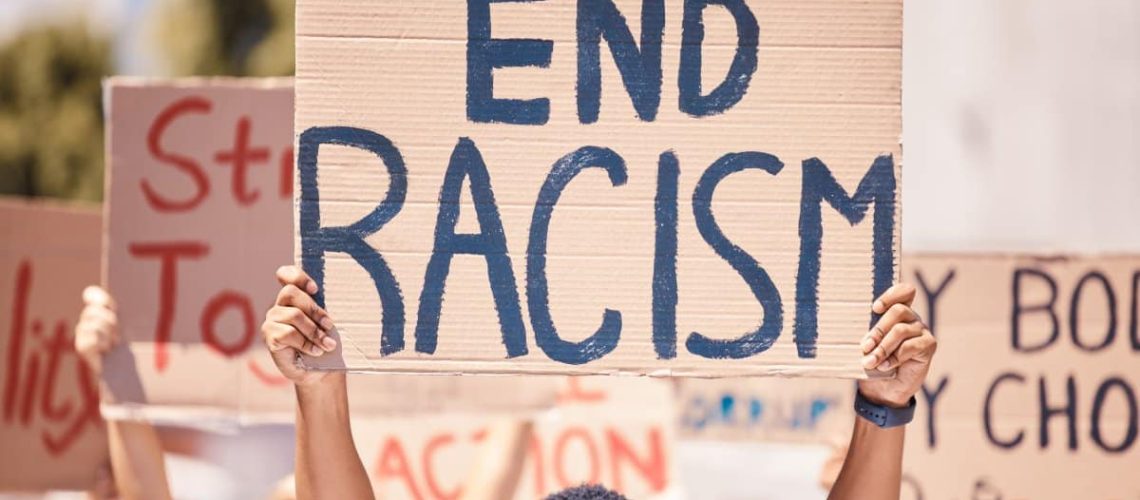Do you believe we’ve moved past the era of racism in America? It’s time for a reality check. Despite progress, racial discrimination is alive and well, impacting every aspect of society. Are you ready to face the uncomfortable truths?
1. Racial Bias in Housing

In 2022, there were over 33,000 fair housing complaints in the U.S. Discriminatory practices still block Black and Hispanic families from accessing high-quality neighborhoods. Studies show that Black and Hispanic renters face slower response times and fewer positive responses than their White counterparts.
2. Employment Discrimination

Black workers in 2023 earned about 12% less than White workers with similar qualifications. Research consistently finds that resumes with African-American-sounding names receive 50% fewer callbacks. Hispanic workers also face significant discrimination, receiving fewer job offers than equally qualified White applicants.
3. Unequal Access to Capital

Black and Hispanic households are more likely to be denied credit compared to White households. A study showed that Black business owners were less likely to receive Paycheck Protection Program (PPP) loans than White owners despite having similar profiles. Discrimination in lending practices stifles minority entrepreneurship and wealth accumulation.
4. School Segregation
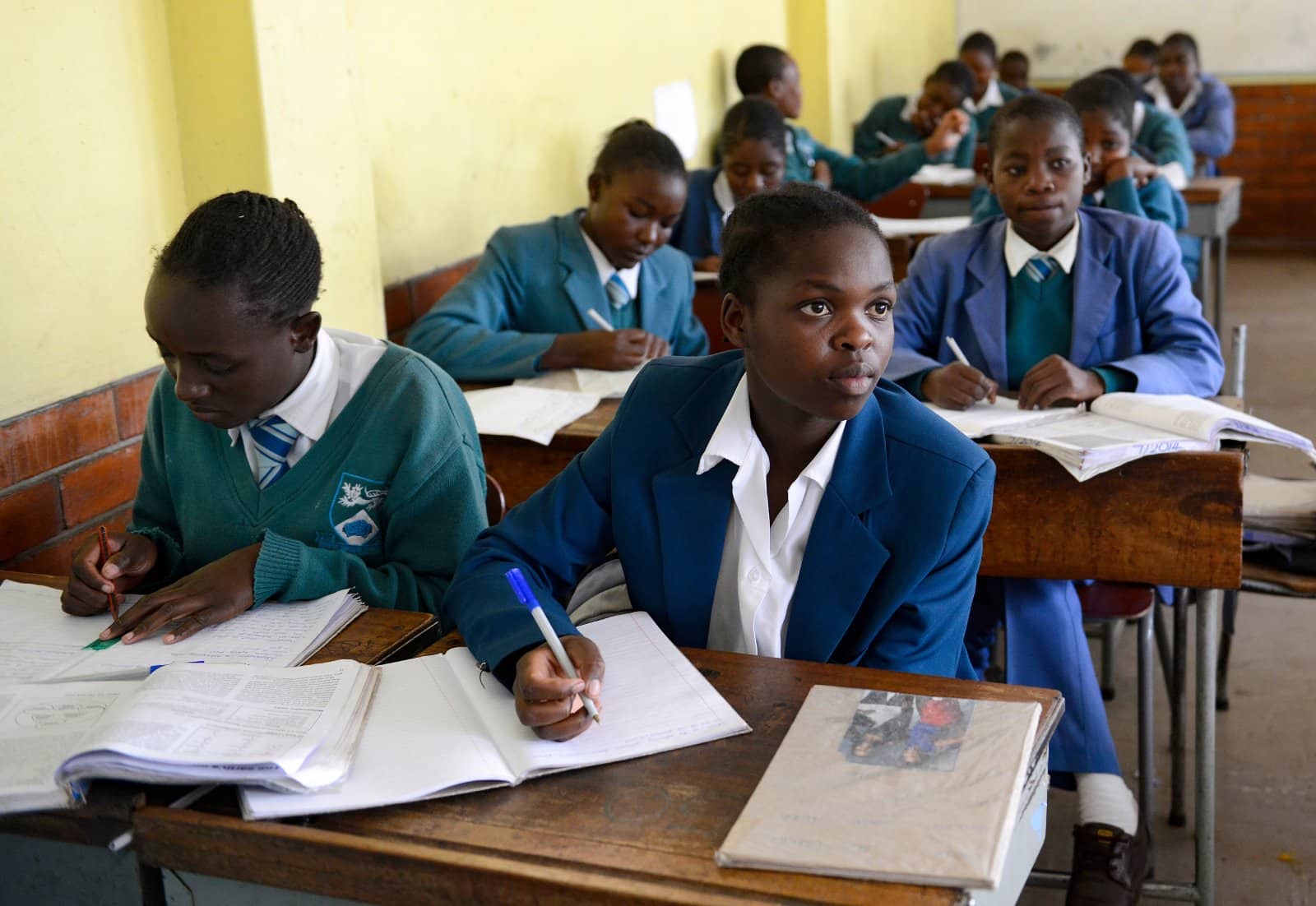
Black and Hispanic students are more likely to attend underfunded schools with fewer resources. In predominantly minority schools, per-student spending is significantly lower than in predominantly White schools. This funding gap perpetuates educational inequalities and limits opportunities for minority students.
5. Health Disparities

Black Americans have a higher risk of maternal mortality and shorter life expectancy compared to White Americans. Racial bias in healthcare contributes to these disparities, with Black patients receiving lower quality care. The COVID-19 pandemic highlighted these issues, as minority communities faced higher infection and mortality rates.
6. Criminal Justice Inequality
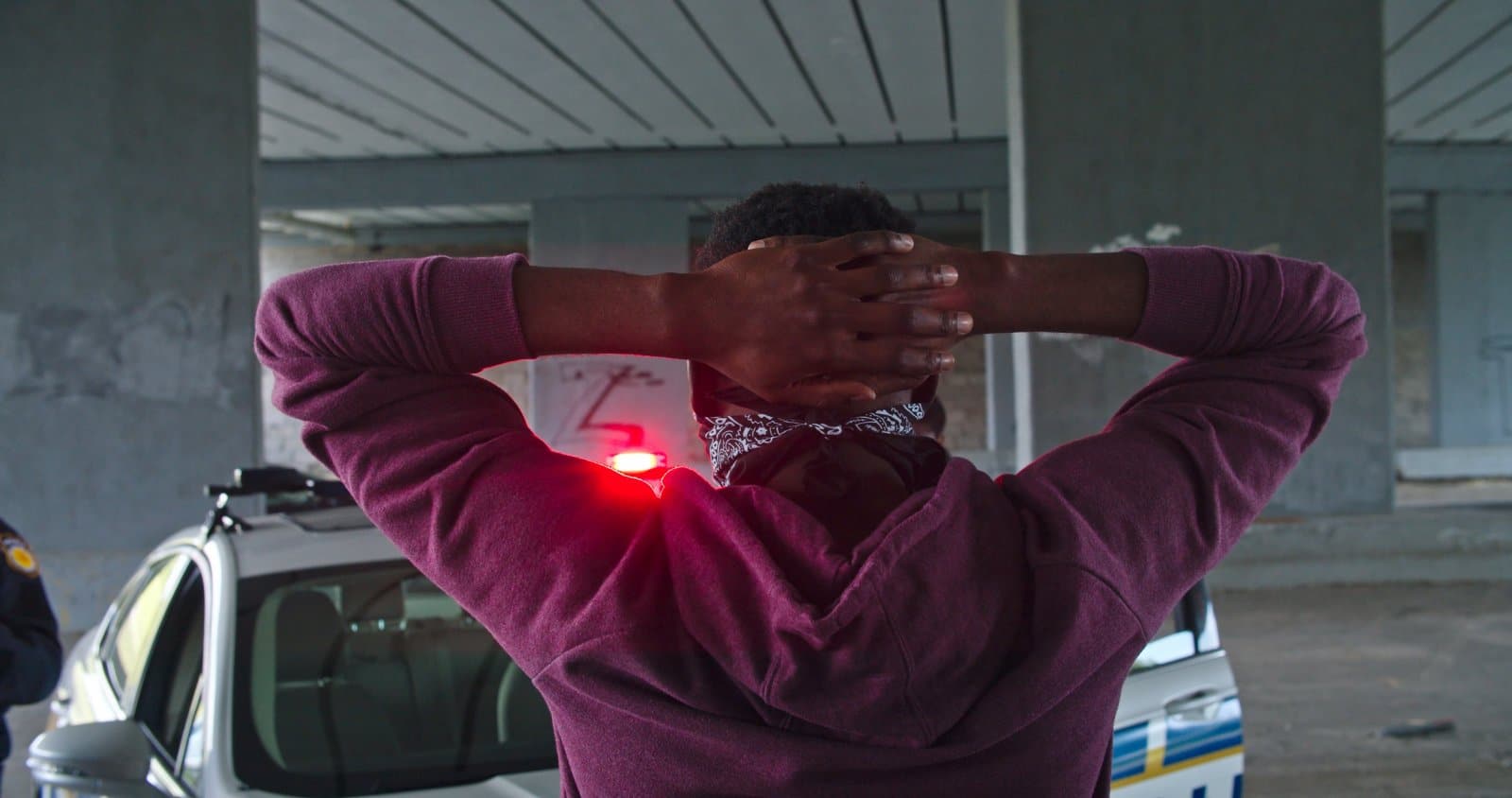
Black and Hispanic individuals are more likely to be stopped, searched, and arrested by police. They also receive harsher sentences than White individuals for similar offenses. This systemic bias contributes to the overrepresentation of minorities in the prison population.
7. Wage Gaps

In 2023, the median wage for Black workers was 79% of the median wage for White workers. For Hispanic workers, it was even lower at 73%. These persistent wage gaps highlight the ongoing economic disadvantages faced by minority groups.
8. Discrimination in Online Markets

Studies show that Black sellers receive lower bids and fewer offers in online marketplaces. This bias affects everything from home sales to personal items. Such discrimination limits economic opportunities and reinforces racial wealth gaps.
9. Child Welfare Inequities

Black and Native American children are more likely to be placed in foster care or face harsher treatment from Child Protective Services. These disparities are driven by systemic biases and lead to long-term negative outcomes for affected children.
10. Implicit Bias in Education

White teachers are more likely to rate Black students’ behavior as problematic compared to Black teachers. This bias affects students’ academic records and disciplinary actions. Implicit biases in the classroom can have lasting impacts on minority students’ educational trajectories.
11. Racial Profiling in Traffic Stops
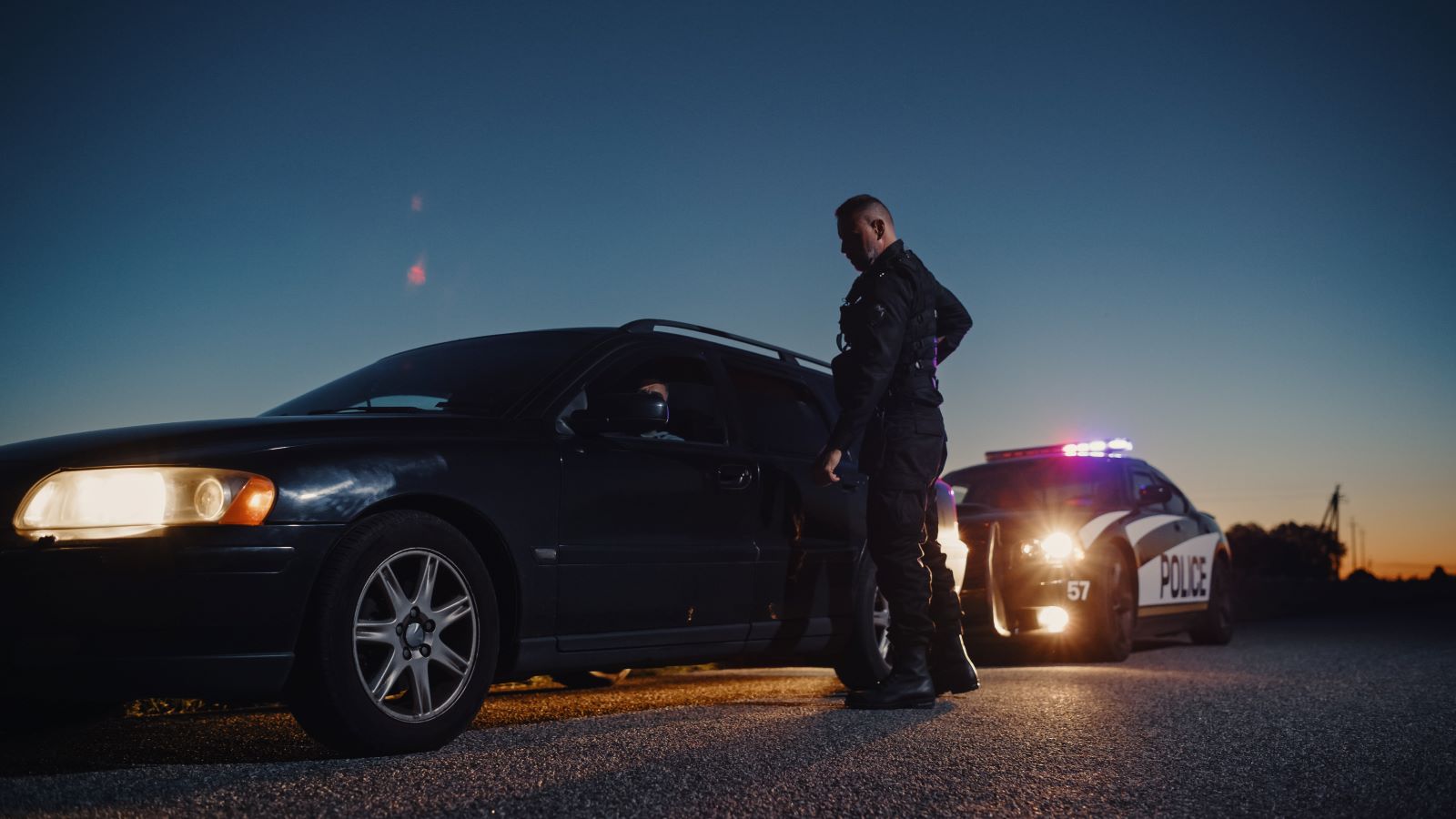
Black and Hispanic drivers are more likely to be stopped by police and receive tickets. Studies show that officers are less likely to reduce speeding tickets for minority drivers. This profiling contributes to mistrust between minority communities and law enforcement.
12. Barriers to Homeownership

Black homeownership rates are significantly lower than those of White Americans. Discriminatory lending practices and historical redlining have long-lasting effects on minority families’ ability to buy homes. Homeownership is a key driver of wealth, and these barriers perpetuate economic disparities.
13. Voting Rights Suppression
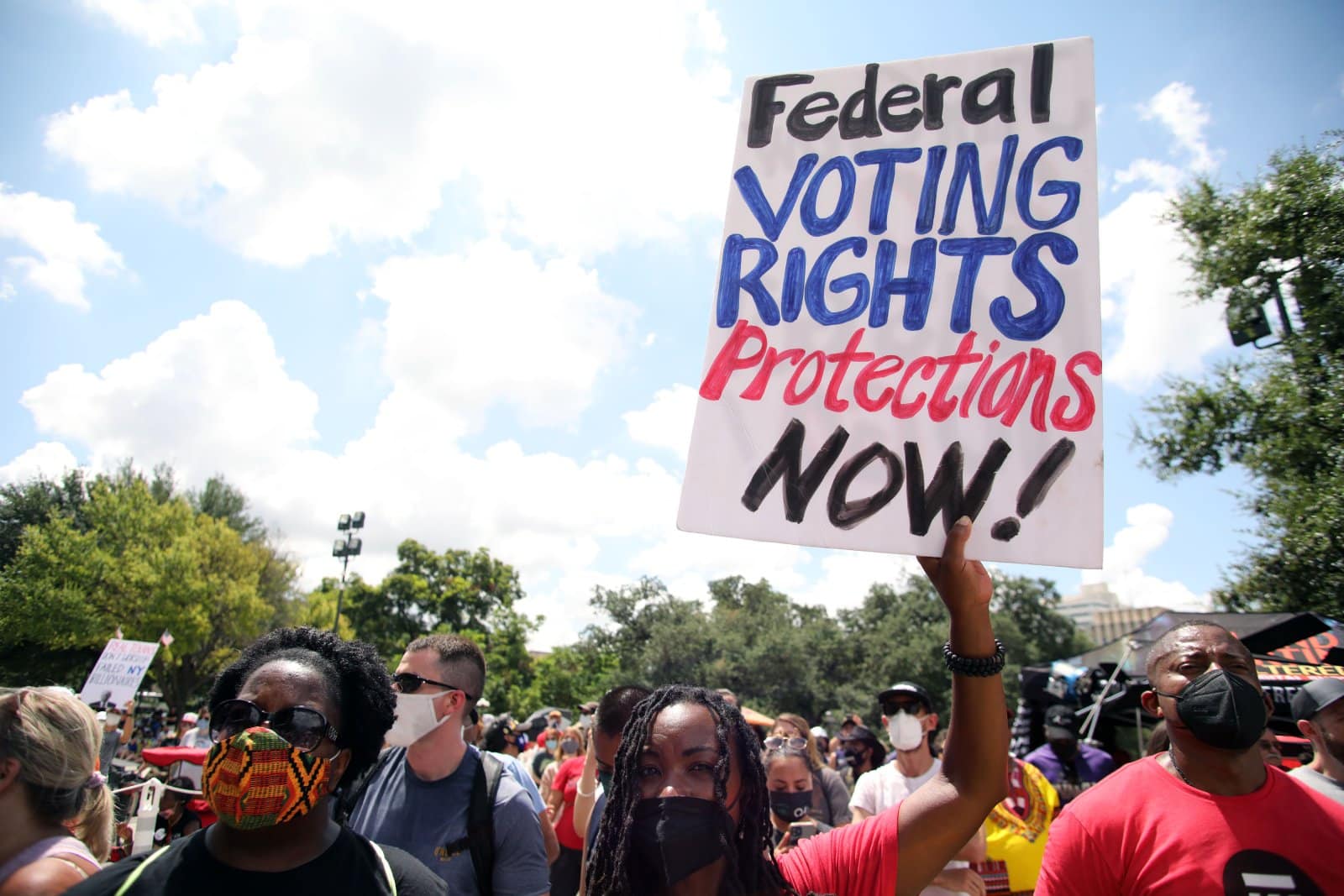
Minority communities face greater obstacles to voting, including strict ID laws and reduced polling locations. These measures disproportionately affect Black and Hispanic voters, undermining their political representation. Efforts to suppress minority votes are a direct attack on democratic principles.
14. Workplace Harassment

Racial harassment in the workplace remains a significant issue. Black and Hispanic employees report higher rates of discrimination and unfair treatment by employers and colleagues. This hostile environment affects job satisfaction and career advancement.
15. Disparities in COVID-19 Impact
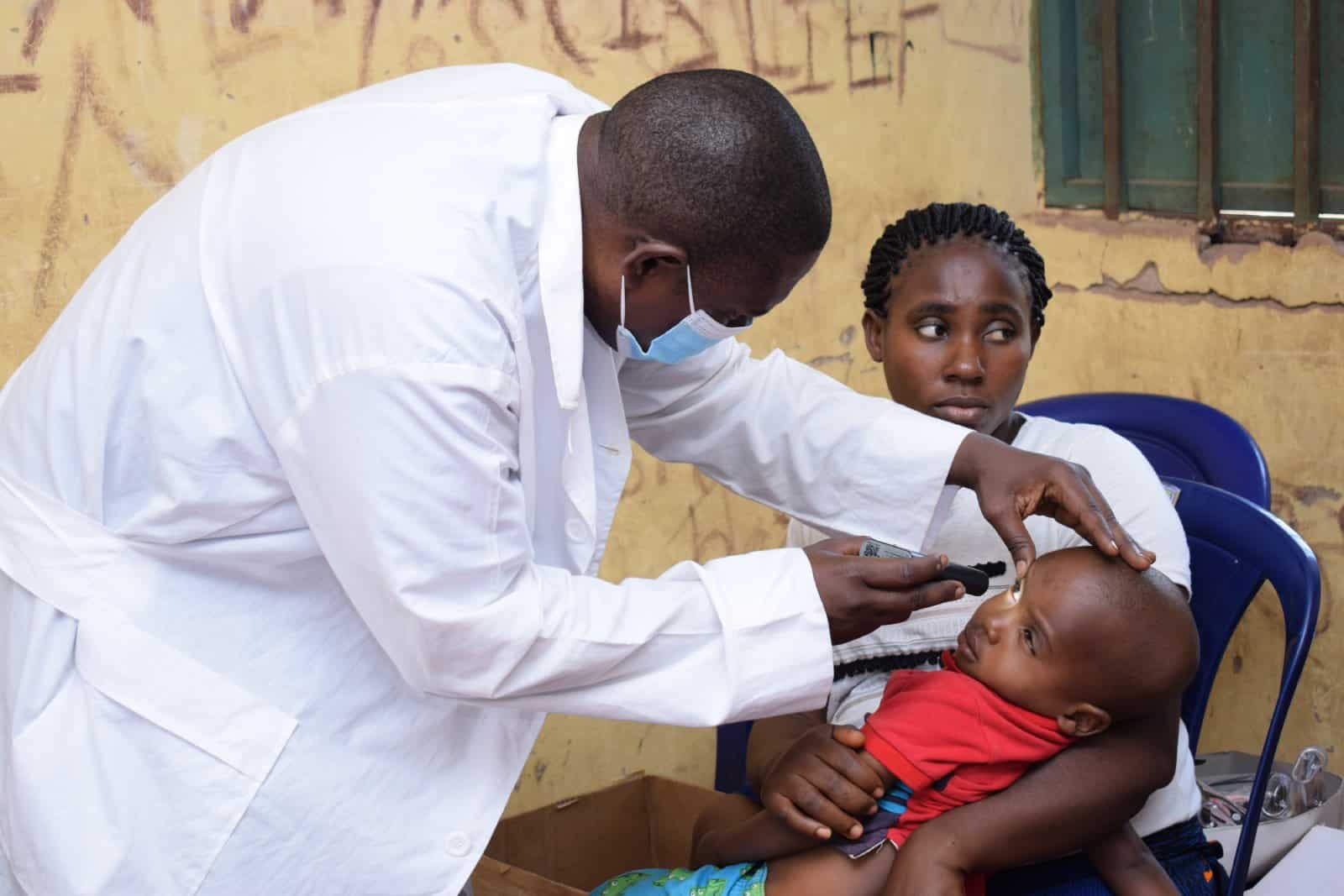
Minority communities were hit hardest by the COVID-19 pandemic. Black and Hispanic Americans faced higher rates of infection, hospitalization, and death. These disparities highlight systemic health and economic inequalities.
16. Racial Bias in Law Enforcement Hiring
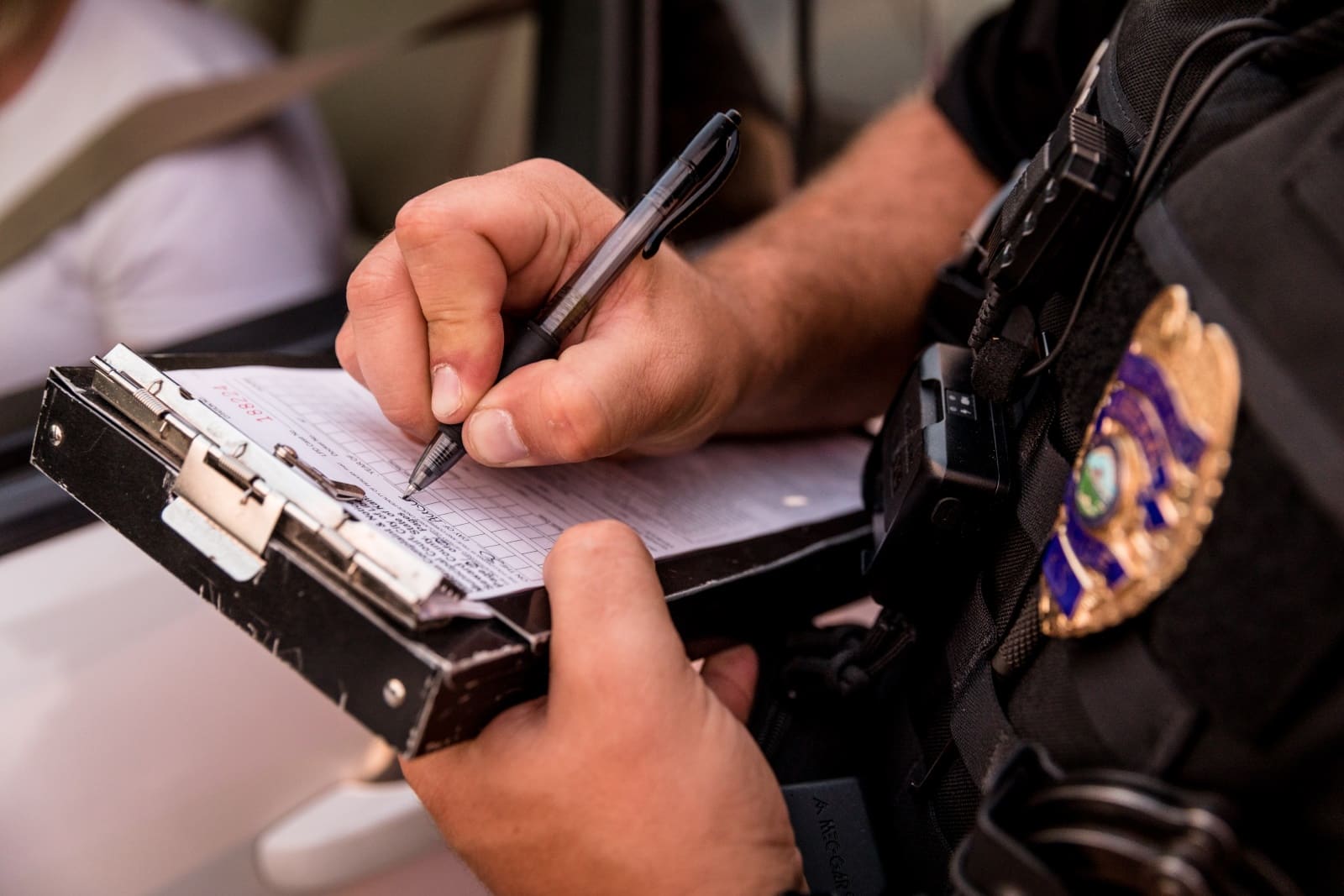
Police departments often struggle with diversity, and hiring practices can reflect racial biases. Minority applicants face higher rejection rates and fewer opportunities for advancement. This lack of diversity can exacerbate tensions between police and minority communities.
17. Access to Higher Education
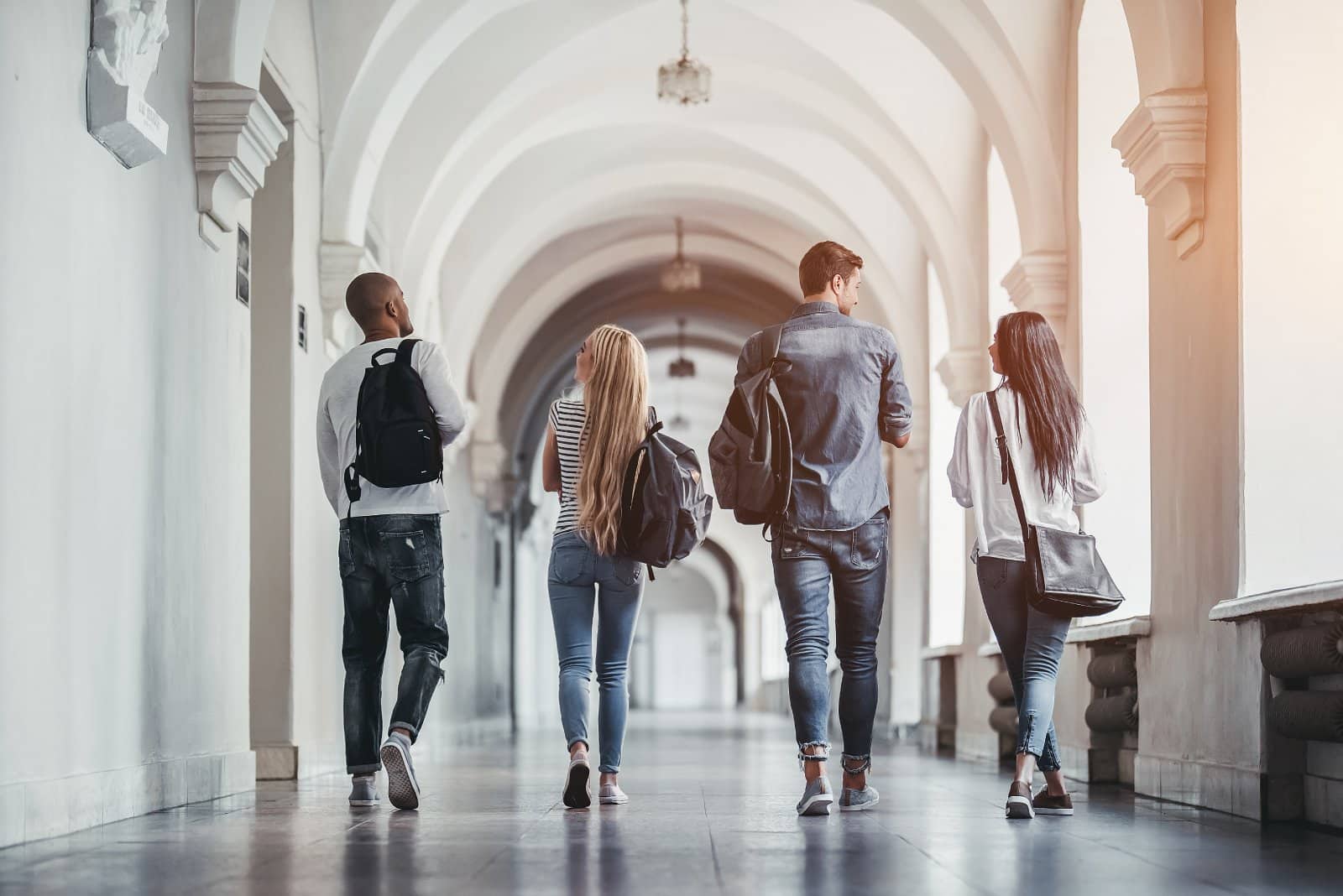
Black and Hispanic students are underrepresented in top universities. Admissions processes often favor applicants from more affluent, predominantly White backgrounds. This lack of access to higher education limits economic mobility for minority students.
18. Media Representation

Minorities are often underrepresented or stereotyped in media. This lack of representation can perpetuate harmful biases and influence public perceptions. Diverse and accurate portrayals in media are crucial for combating racism.
19. Racial Disparities in Wealth

The median wealth of White families is significantly higher than that of Black and Hispanic families. Historical and ongoing discrimination in housing, education, and employment contribute to this wealth gap. Addressing these disparities requires systemic change.
20. Implicit Bias in Everyday Life

Implicit biases affect daily interactions and decisions, from job interviews to customer service. These unconscious prejudices can have real consequences for minority individuals. Awareness and training are essential to mitigate the impact of implicit bias.
Racism: A Persistent Reality
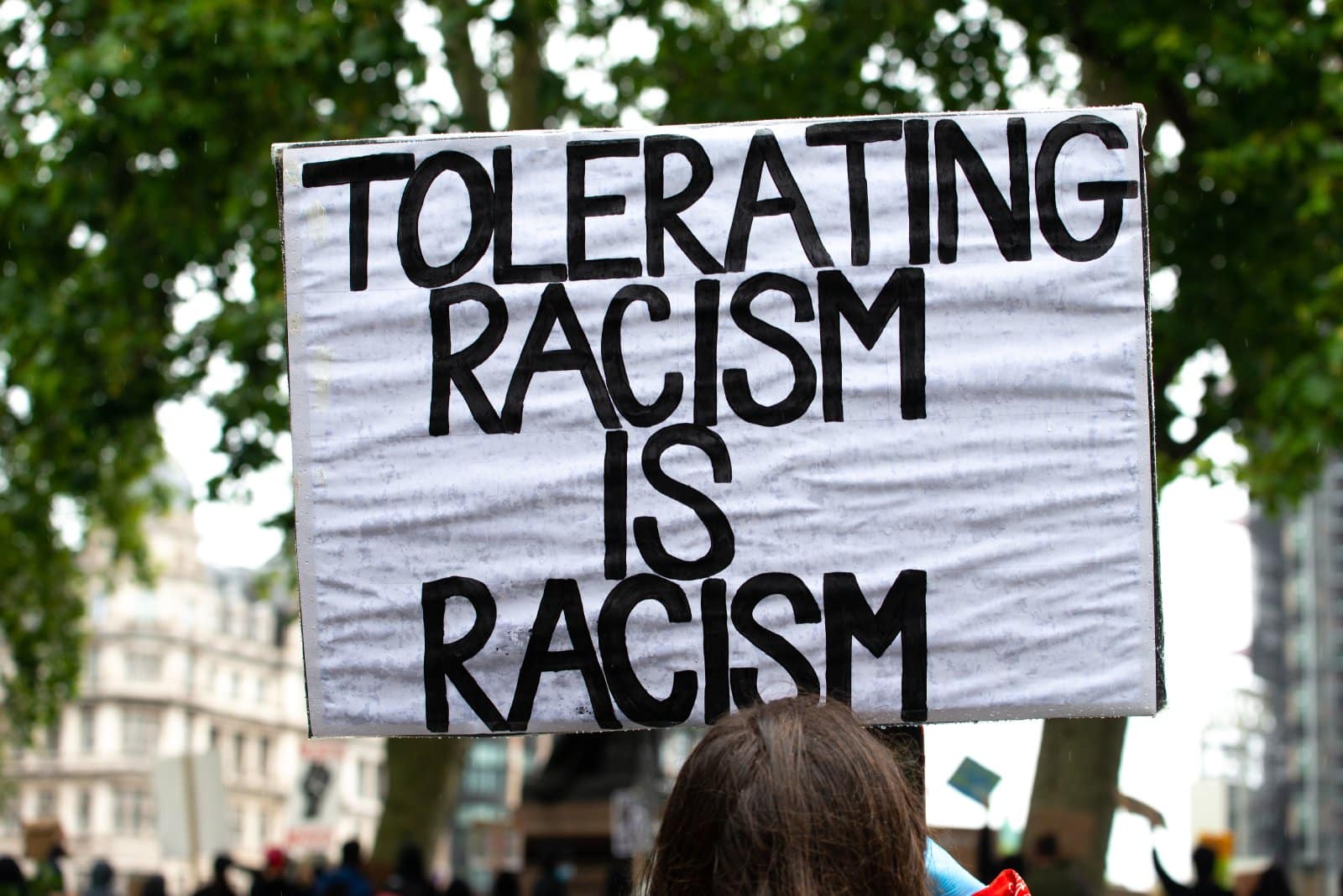
Racism is far from a thing of the past in America. How can we move forward and create a truly equitable society? It’s time to confront these issues head-on and work towards meaningful change.
21 Beliefs About the Bible That Are Actually False

The Bible is one of the most discussed and debated books in history, yet many common beliefs about it are more myth than fact. How many of these misconceptions have you heard before? 21 Beliefs About the Bible That Are Actually False
21 Subtle Racisms That Are Commonplace in America
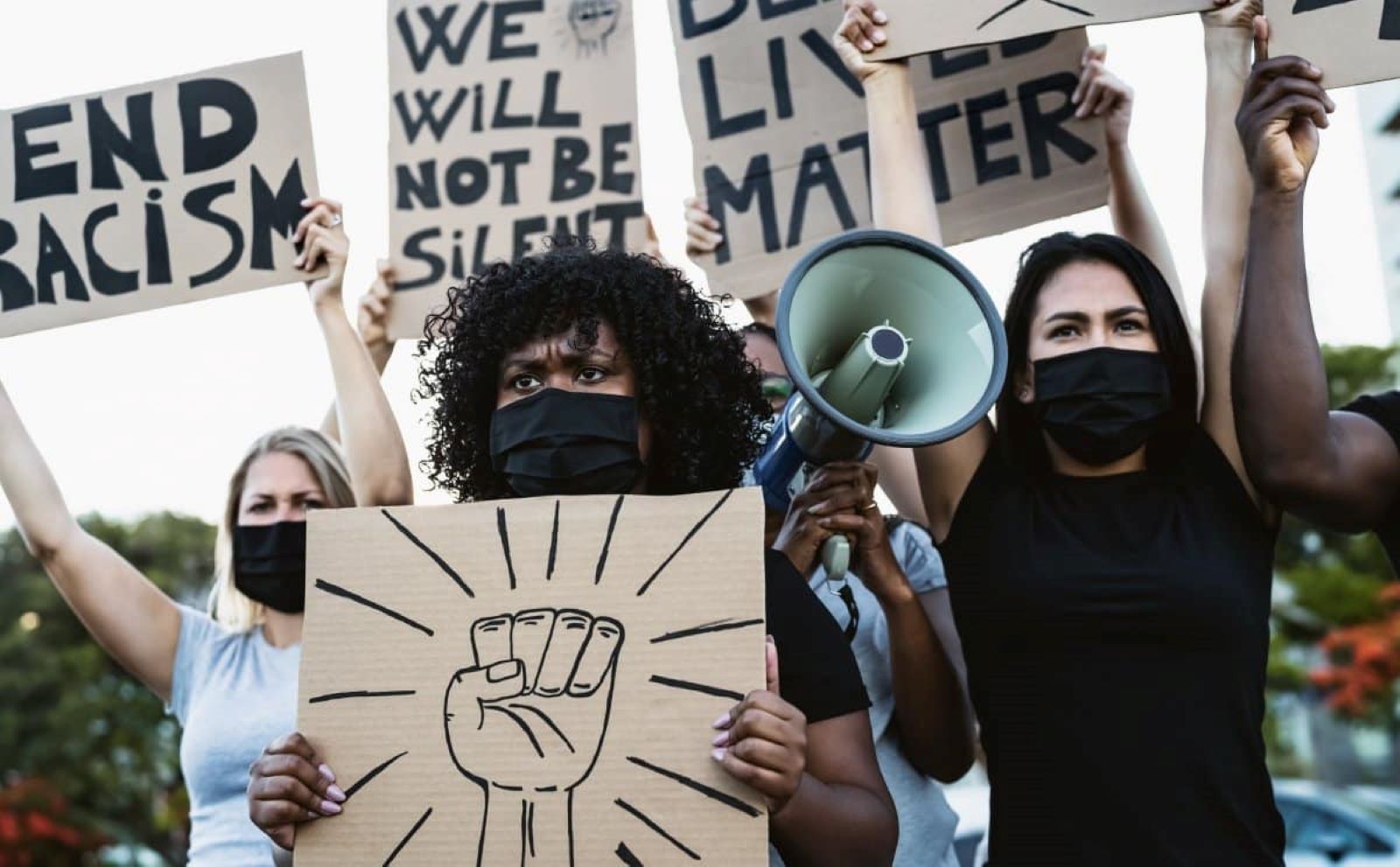
Racism in America isn’t always overt; it often hides in plain sight through subtle actions and attitudes. How many of these subtle racisms have you noticed around you? 21 Subtle Racisms That Are Commonplace in America
Only Legal in America: 21 Things You CAN’T Do in the Rest of the World
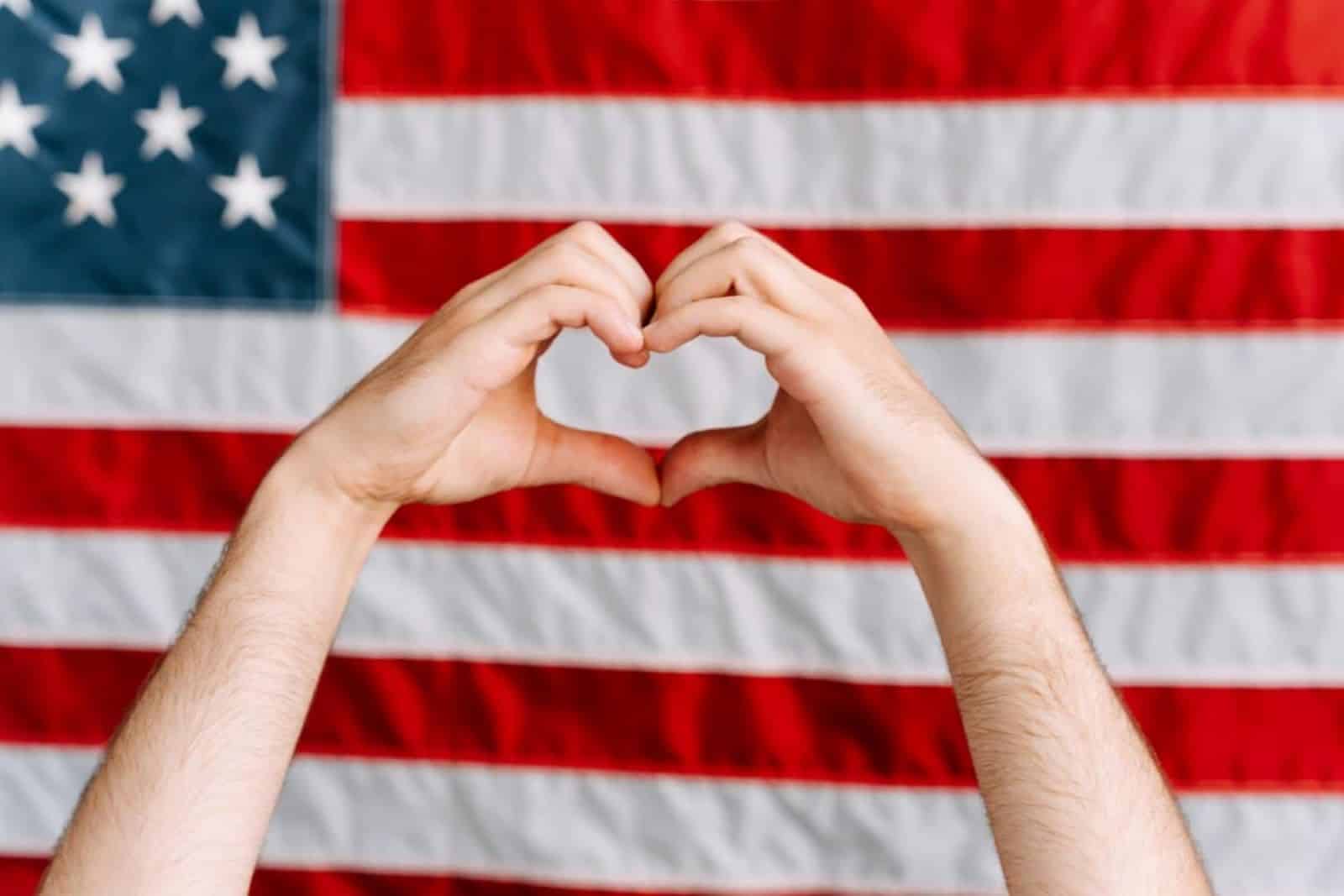
The U.S. dances to its own beat, especially when it comes to laws that make the rest of the world do a double-take. Here’s a lineup of things that scream “Only in America,” sticking strictly to what’s written in the law books. Ready for a tour through the American legal landscape that’ll leave you wondering if freedom might just be a bit too free? Only Legal in America: 21 Things You CAN’T Do in the Rest of the World
Featured Image Credit: Shutterstock / PeopleImages.com – Yuri A.
For transparency, this content was partly developed with AI assistance and carefully curated by an experienced editor to be informative and ensure accuracy.

